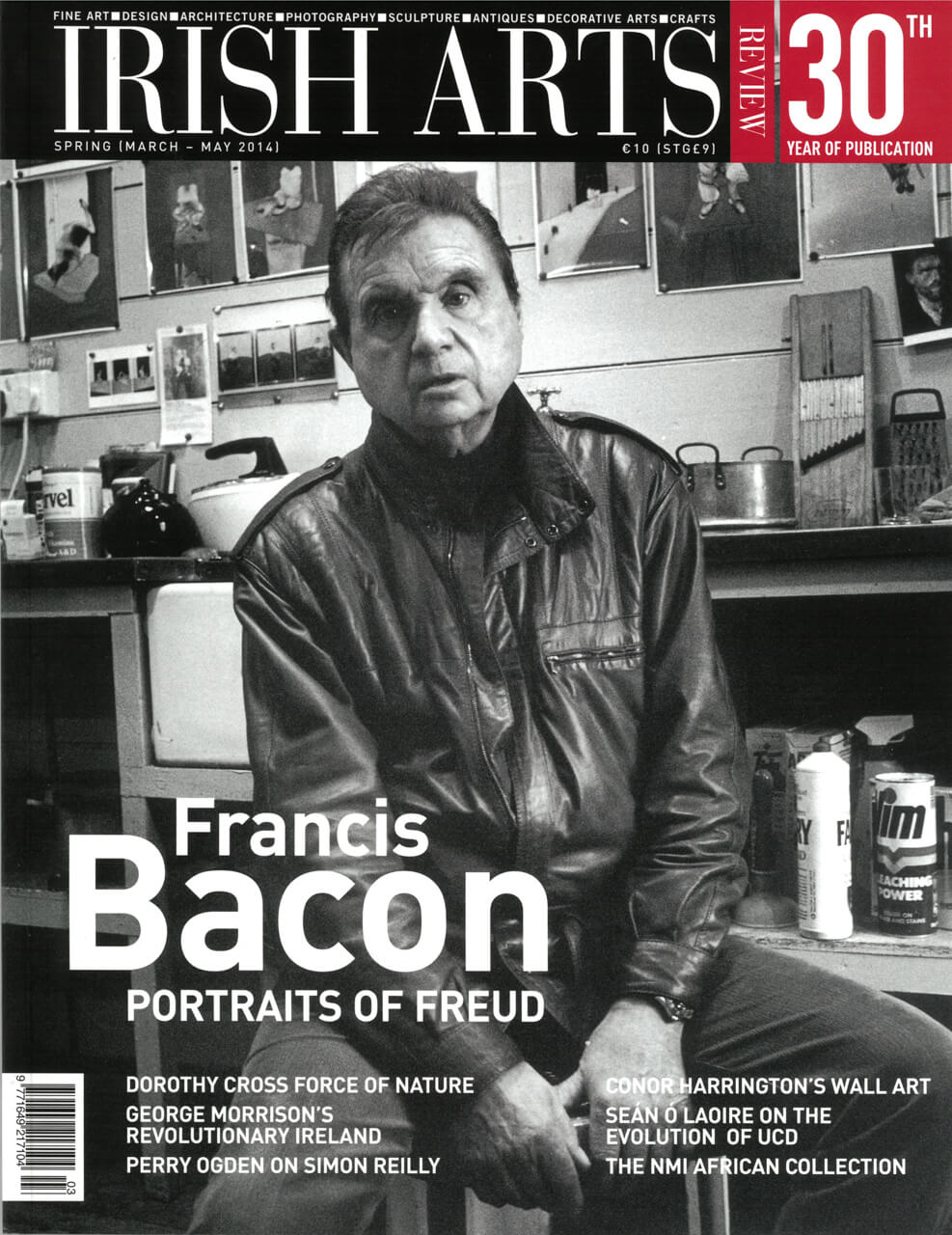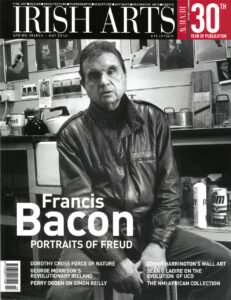

Revolutionary Ireland is a fine culmination to George Morrison’s distinguished career as a documentarist, writes Bob Quinn in his assessment of the renowned filmmaker’s latest achievement
For Irish school children in the mid-1950s, the teaching of Irish history stopped at 1916. Nothing of note happened after that, no War of Independence, no exit from the Empire, and certainly no Civil War. We were protected from knowledge of the savagery of brother against brother in Cogadh na gCarad. The wounds of the latter had not yet healed: it will take some time.
We young scholars were left treading water with dead heroes, patriotic ballads, Emily Lawless poems, accounts of the Famine, Daniel O’Connell’s broken heart, Faith of our Fathers, Cromwell, the Vikings, the noble Celts, our fervid imaginations, a sense of eternal victimization and encouragement to avenge wrong. In a word, our history was a moan and for many youngsters a bore. The film Mise √âire, made familiar to everybody by Seán √ì Riada’s stirring score, was a breath of fresh air in 1959.
But since then we have been inundated with squabbling historians who fall into two crude categories – blueshirt revisionists and green nationalists. Henry Ford’s assessment of history as ‘bunk’ resonates. We Irish are still persuaded by the Department of Education that we are that ancient fiction – a Celtic race. It is nonsense. Those are reasons why this photographic record by George Morrison, the same man who long ago was responsible for Mise √âire, is another waft of fresh air. Approximately 600 photographs fill its 261 pages. The book is a fine culmination to his distinguished career as a documentarist.
Morrison is a filmmaker and archivist in his nineties, now chiefly remembered for the feature-length Mise √âire. In that seminal work he first displayed his extraordinary talent for finding forgotten bits of photographs and newsfilm. He had spent decades scouring archives all over the world to excavate actualité images pertaining to this Republic’s tumultuous beginnings. He accumulated thousands of scraps of film which he meticulously catalogued and then restored to their original quality.
Morrison’s latest ouevre, Revolutionary Ireland, is a timely reminder of his lifelong and invaluable obsession. He confronts us with evidence from the one impeccable witness to those events of a hundred years ago: the camera. Here the dreary litany of words and names learned by rote in school acquire new life, become flesh. The members of the Cairo Gang whom Collins eliminated actually existed as individuals. They are here. The gunship Helga actually shelled Liberty Hall and O’Connell Street. There it is. O’Connell Street was turned into a ruin. You can nearly sniff the cordite and stink of human flesh. Daniel O’Connell looks sadly on. The Gresham Hotel was firebombed. Here it is.
From the early daguerrotypes and calotypes of William Fox Talbot – a Spailpín Fánach with his spade in 1860 (Fig 5) – to the sophisticated photographs of the early century, the founding of Fianna Fáil in 1926, this astonishing collection leaves no image uncovered.
A camera can easily be made to lie by the accompanying captions. But Morrison rarely reveals his political leanings, rarely strays from the precise identification of places and people. Given this modesty of narrative we are allowed to imagine much for ourselves, empathize with the actors on both sides, even reconstruct scenarios to our own liking – as academic historians also do. I scanned the faces of drafted adolescents in British uniform, trying to spot the one who eloped with my aunt in 1922.
All written history begins with word of mouth which is then recorded by scriveners as gospel truth – according to whichever faith we profess. Who to believe? What to believe? In this book the camera cuts through the ambiguity; the past is not a different country; it is not even past. The photograph is always now.
In this book the camera cuts through the ambiguity; the past is not a different country; it is not even past. The photograph is always now
Each image in this rich collection proves at least that something happened, however we might gloss over its significance, or agonize over the rights and wrongs. The images range from the pathetic to the overpowering.
Here we have Young Irelander prisoners posing comfortably in Tasmania in 1849; Queen Victoria on O’Connell Bridge; Maude Gonne in all her finery; the original UVF on their motor bikes (Fig 8); the Belfast riots (Fig 3) and the pogrom of Catholics at Harland & Wolf; William Martin Murphy’s tram being used to recruit cannon fodder for the slaughter of WW1 (Fig 7); posters at the Four Courts extolling the virtues of the Great War:
‘You will like it
Your Pals will like it.
The Kaiser will hate it’.
In a unique snap, Pádraic Pearse’s unruly right eye at last faces the camera (rather downcast, sadly) in Dolphin’s Barn. There are the Black & Tans raiding the GAA offices and acquiring a bunch of lethal weapons – wooden hurleys! Street urchins still play their games (Fig 4).
There are pictures of Flying Columns, of the British Army leaving the country; of General Eoin O’Duffy (when he was a persona grata); of a parish priest in shiny top hat and Union Jack flag leading his parishioners to safety. It is all an amazing insight into an Ireland in a different kind of chaos. The picture of the sack of Balbriggan is a masterpiece of tragedy (Fig 6). The stunned, disbelieving cyclist, the figure leading a cartload of pathetic sticks of furniture, all backgrounded by ruined and smoking thatched cottages. It could have been painted by Goya.
Although there is a fine index of the photographs, my one regret is that it was impossible for the curator to list the identities of the hundreds of individual photographers who deserve our posthumous gratitude. George Morrison has once again done this State some service.
Revolutionary Ireland by George Morrison
Gill & Macmillan ISBN 978 07171 5709 9
(2013) €29.99.
Dublin-born Bob Quinn is a writer, photographer, and filmmaker



